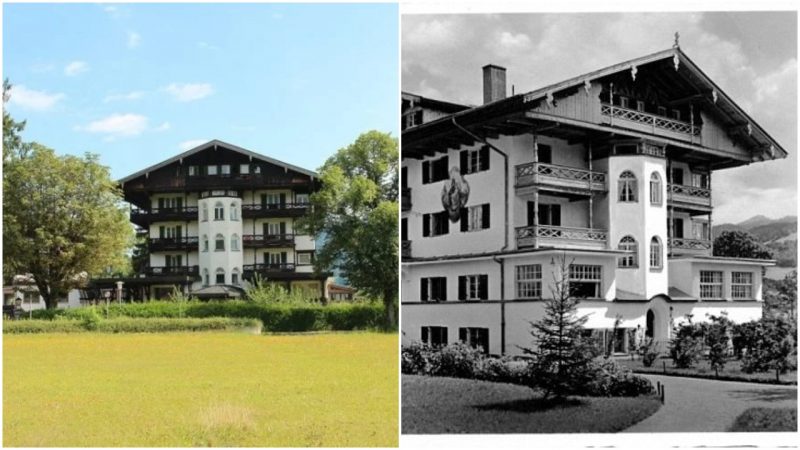It’s a fairly trite, but otherwise quite true statement that those who fail to remember their past are doomed to repeat it. Germany isn’t prone to forgetting its past, as the collective guilt the country feels over the Holocaust and the Second World War is on display in the majority of its legislative choices.
Occasionally, though, they let a piece of history slip away, and such is the case with the Kurhaus Hanslbauer hotel, also known as the Hotel Lederer, which comes with its own special place in some of the darkest times of Germany’s turbulent history.
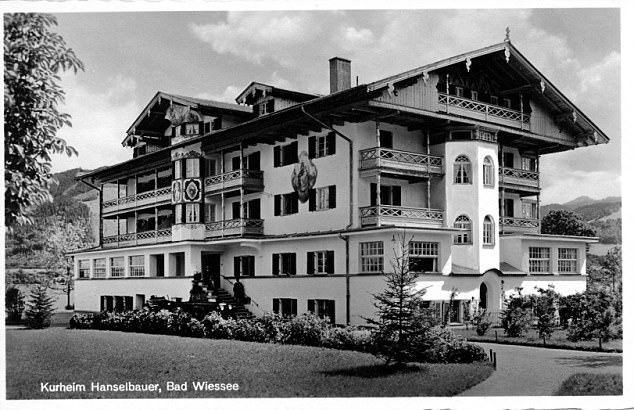
The drama in question was the start of the Night of the Long Knives, the name given to the national purge of political undesirables from Hitler’s Reich, which started at the Lederer Hotel with the leader of the brownshirts – Ernst Röhm. After having cut the telephone communications to and from the hotel so Röhm would not be made aware of what was happening, the story goes that Hitler himself led the mob of Nazi SS up to the first floor, where they caught Röhm having sex with another man. It is said that Hitler was fully aware of Röhm’s homosexuality.
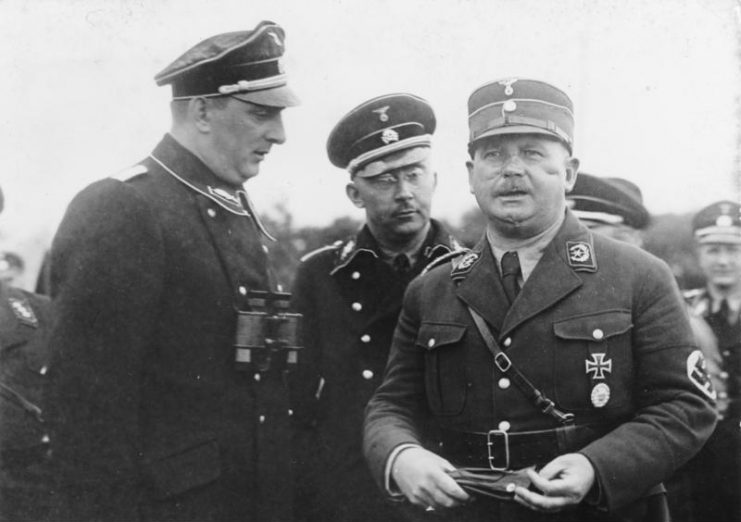
He was summarily arrested in disgrace, accused of treason, and executed in prison, capping off a three-day bloodbath called Operation Hummingbird, in which 700-1000 SA leaders and other opponents of Hitler were murdered. In the years that followed, several thousand more of Hitler’s opponents were sent to concentration camps.
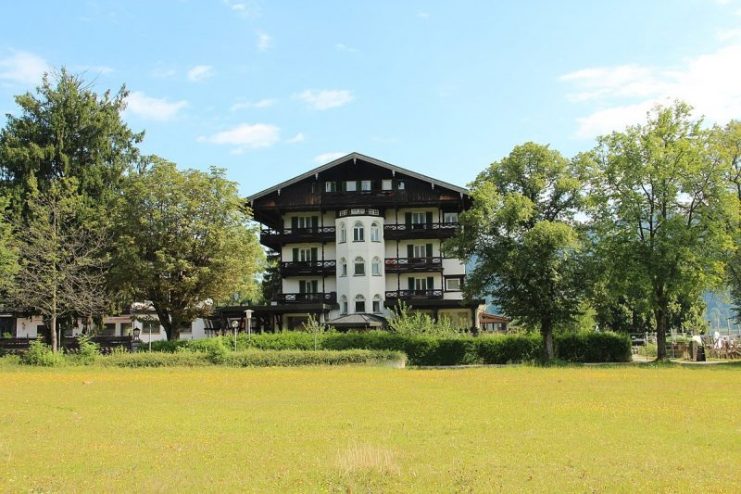
At this time, Hitler had been in power for only eighteen months and commanded an army of 100,000 men, which was a measly sum compared to Röhm, who counted his soldiers in the millions. Röhm’s issue with Hitler was that he felt the Nazi revolution should go further, and therefore, in order to restabilize the Reich and consolidate his power, he had to be neutralized. Ernst Röhm envisioned his brownshirts as the centerpiece of the new army, who would go forth and take the wealth of the richest families. When Hitler heard about this at a leaders conference, he interpreted it as a plot to overthrow his Nazi state.
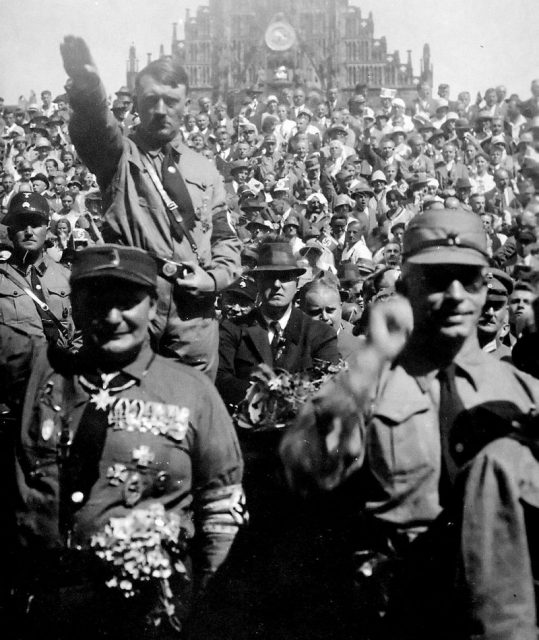
The hotel’s history both during and after the war is less dramatic. It served as a sanctuary for evacuated German city children during the Allied bombing campaign on cities, and later as a hospital for Luftwaffe soldiers injured in battle. Later on, after the war ended, it was returned to the Lederer family in 1951 after serving as a rest camp for Americans and British.
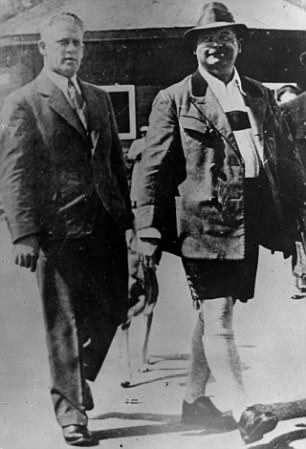
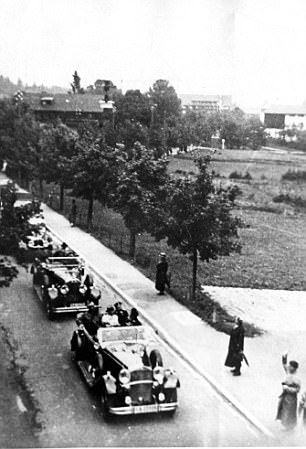
“After the arrest, the real terror of the Nazis began,” says Josef Lederer, the former owner of the hotel, which has since been renamed the Hotel Lederer. ‘That is why this room in this building deserves to be kept as a site of historical importance forever.”
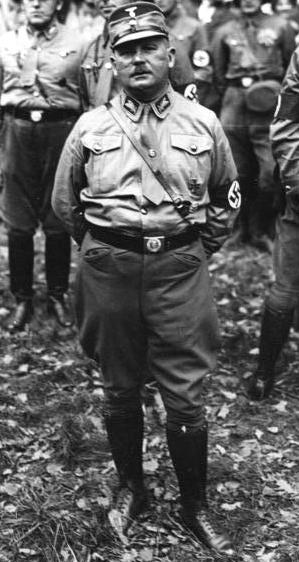
Lederer’s father had bought and renamed the hotel in 1936. It enjoyed two decades of prosperity from the sixties to the eighties, before declining in the nineties. Lederer sold it in 2006 to a pharmaceutical company with property interests hoping they would be willing to invest the $1.7 million required to renovate the hotel, but they resold it in 2013 to a property company who closed it with the intention of demolishing it and raising a more modern hotel.
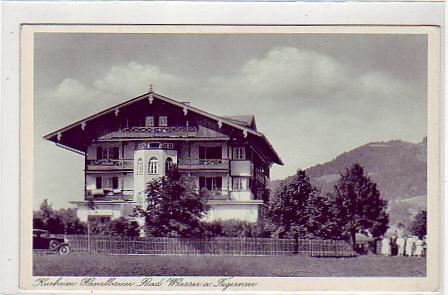
‘History is history, good or bad. And this is a place of history. It deserves to end up as more than just rubble,’ Lederer says.
So in order to save the hotel, he wrote to Bavaria’s Monument Protection Office seeking preservation status but was denied due to the extensive renovations made over the years. Undaunted, he’s pulled out all the stops to save his family home, including letters to the highest officers at the Monuments Protection Office, politicians and historians, and even to ornithologists. Where politicians and bureaucracy failed, it seemed that a colony of dwarf bats nesting in the roof may provide the hotel with at least a temporary reprieve from the bulldozers. But he knows even that is unlikely to last long.
